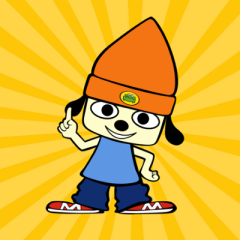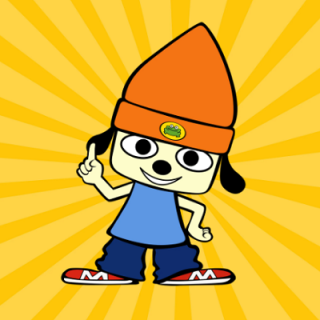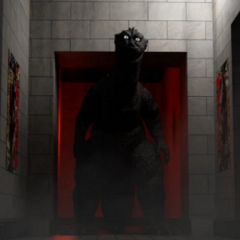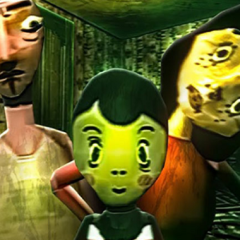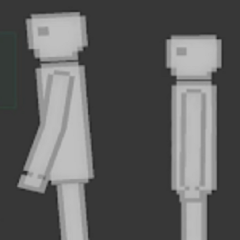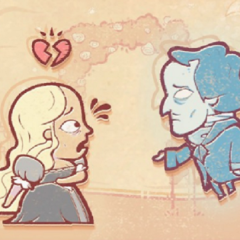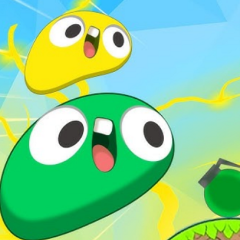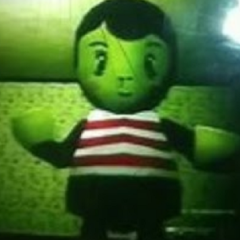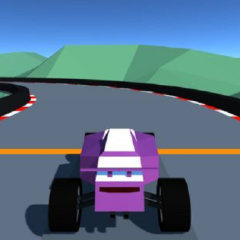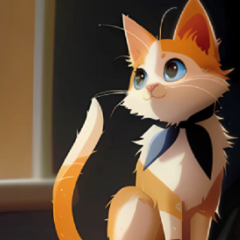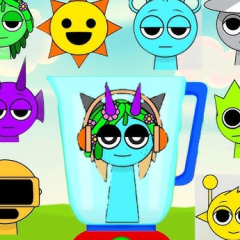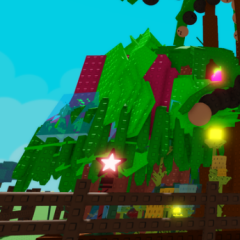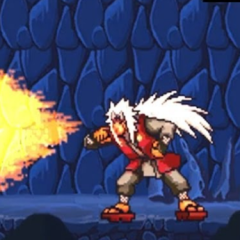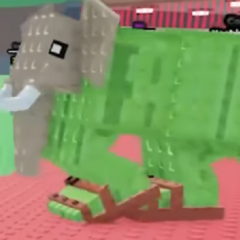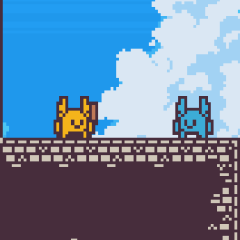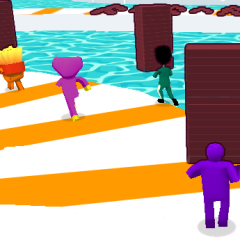Parappa the Rapper is a rhythm-based game that introduced a unique visual and musical style to the genre. Players follow Parappa, a paper-thin dog with big dreams, as he learns life lessons through rap battles with quirky mentors. Each level centers around a specific challenge—baking a cake, getting a driver’s license, or learning karate—with music guiding the gameplay. Players press buttons in time with on-screen prompts to match the rhythm of the instructor’s rap, then respond in kind to keep the flow going.
Gameplay and Timing
The core mechanic is simple: hit the correct buttons in rhythm with the beat to perform Parappa’s lines. Scoring is based on accuracy and timing, with ranks ranging from “Awful” to “Cool.” If a player performs well enough, Parappa gets the spotlight and can freestyle, adding a layer of creativity to the rhythm mechanics. Mistimed inputs drop the score and can cause the stage to restart. The gameplay demands focus and a strong sense of rhythm, especially in later stages where patterns grow faster and more complex.
Style and Influence
Parappa the Rapper is known for its flat, cutout-style visuals and expressive characters, giving it a playful look that stands out even today. The soundtrack mixes various musical styles, each tailored to the personality of the teacher in that stage. Its success helped shape the future of rhythm games, influencing design, structure, and visual direction. With its mix of catchy music, character-driven storytelling, and timing-based gameplay, the game remains a standout example of how style and interaction can blend into a memorable experience.

